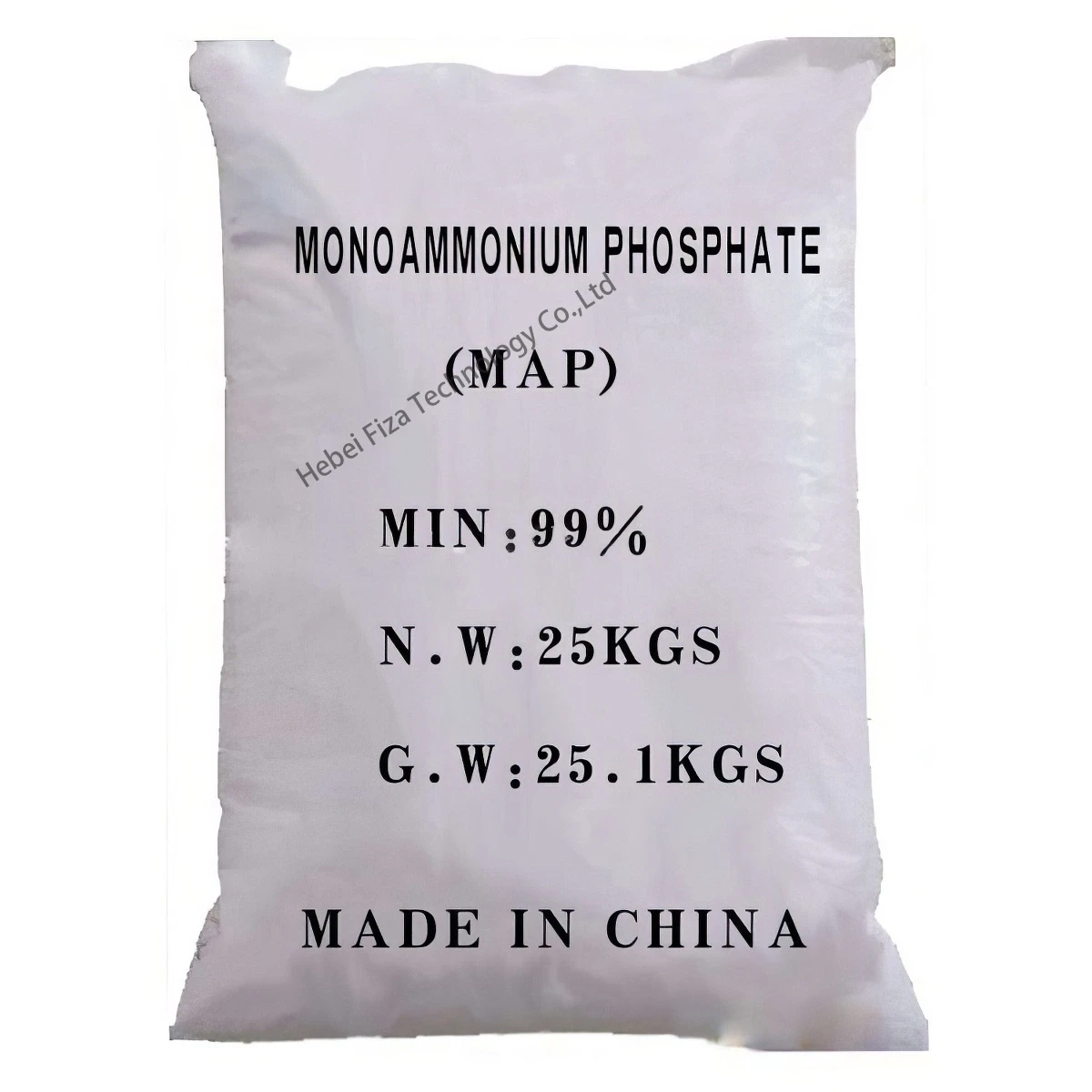



Understanding the Molar Mass of Lead II Nitrate and Its Significance in Chemistry
Understanding the Molar Mass of Lead(II) Nitrate
Lead(II) nitrate, with the chemical formula \( \text{Pb(NO}_3\text{)}_2 \), is an important inorganic compound widely used in various applications, including the production of lead pigments, in the synthesis of other lead compounds, and as a catalyst in organic reactions. Understanding the molar mass of lead(II) nitrate is crucial for chemists and industry professionals, as it allows for the calculation of reactants and products in chemical reactions, as well as for formulating solutions with precise concentrations.
To calculate the molar mass of lead(II) nitrate, we need to sum the molar masses of all the atoms present in one molecule of the compound. Lead(II) nitrate consists of one lead (Pb) atom, two nitrate (NO3) groups. Let us break down the molecular composition.
1. Lead (Pb) The atomic mass of lead is approximately 207.2 g/mol. Since there is one lead atom in lead(II) nitrate, it contributes 207.2 g/mol to the overall molar mass.
2. Nitrate Group (NO3) The nitrate ion contains one nitrogen (N) atom and three oxygen (O) atoms. The atomic masses for nitrogen and oxygen are roughly 14.0 g/mol and 16.0 g/mol, respectively. Therefore, for one nitrate group - Nitrogen 14.0 g/mol - Oxygen 16.0 g/mol × 3 = 48.0 g/mol - Total for one nitrate group = 14.0 g/mol + 48.0 g/mol = 62.0 g/mol
Since there are two nitrate groups in lead(II) nitrate, we multiply the molar mass of one nitrate group by two - Total for two nitrate groups 62.0 g/mol × 2 = 124.0 g/mol
molar mass of lead ii nitrate

3. Total Molar Mass Now, we can combine the contributions from lead and the nitrate groups to find the total molar mass of lead(II) nitrate \[ \text{Molar mass of } \text{Pb(NO}_3\text{)}_2 = \text{mass of Pb} + \text{mass of } 2 \text{NO}_3 = 207.2 \, \text{g/mol} + 124.0 \, \text{g/mol} = 331.2 \, \text{g/mol} \]
Thus, the molar mass of lead(II) nitrate is 331.2 g/mol.
Lead(II) nitrate is also recognized for its role in producing lead-based pigments, which are utilized in paints and coatings. However, due to the toxicity of lead compounds, the use of lead(II) nitrate and similar materials has been regulated in many countries to prevent environmental contamination and health risks.
In laboratory settings, knowledge of the molar mass of lead(II) nitrate allows chemists to precisely weigh quantities for experiments, prepare solutions with desired concentrations, and perform stoichiometric calculations in reactions involving lead compounds. For example, if a chemist wants to react lead(II) nitrate with potassium iodide to form lead(II) iodide, knowing the molar mass is vital to ensure the reactants are measured correctly according to the balanced chemical equation.
In conclusion, the molar mass of lead(II) nitrate (331.2 g/mol) is significant for scientific and industrial applications, impacting the fields of chemistry, engineering, and environmental science. As safety regulations surrounding lead continue to evolve, understanding the properties, uses, and implications of lead(II) nitrate remains critical for those working with this versatile yet hazardous compound.
-
Why Sodium Persulfate Is Everywhere NowNewsJul.07,2025
-
Why Polyacrylamide Is in High DemandNewsJul.07,2025
-
Understanding Paint Chemicals and Their ApplicationsNewsJul.07,2025
-
Smart Use Of Mining ChemicalsNewsJul.07,2025
-
Practical Uses of Potassium MonopersulfateNewsJul.07,2025
-
Agrochemicals In Real FarmingNewsJul.07,2025
-
Sodium Chlorite Hot UsesNewsJul.01,2025










